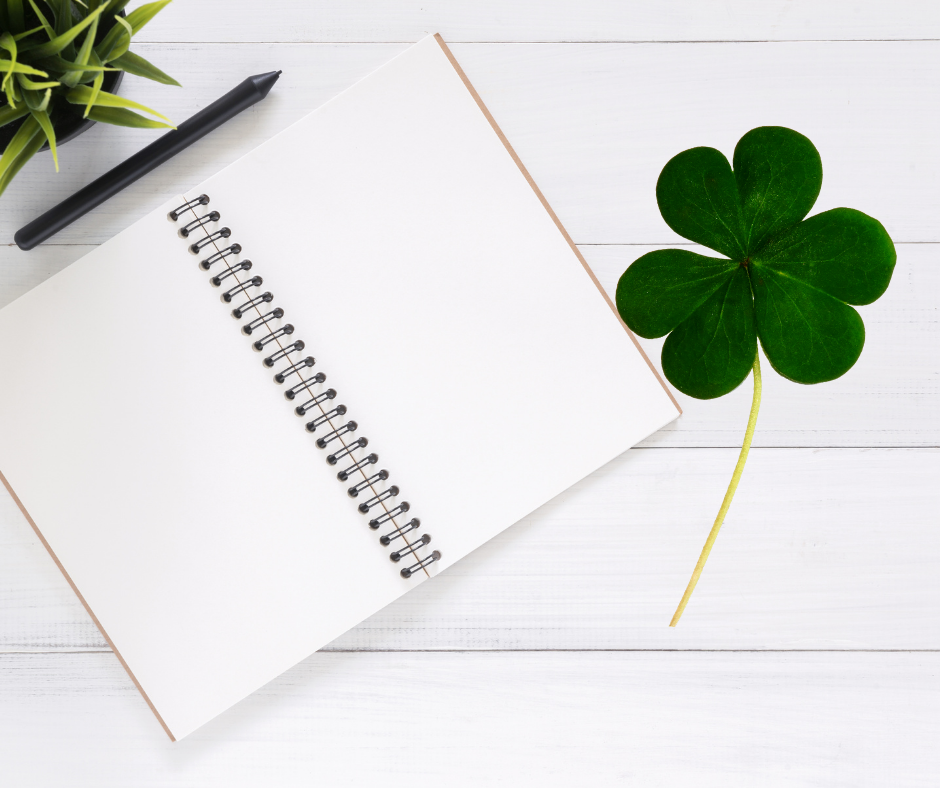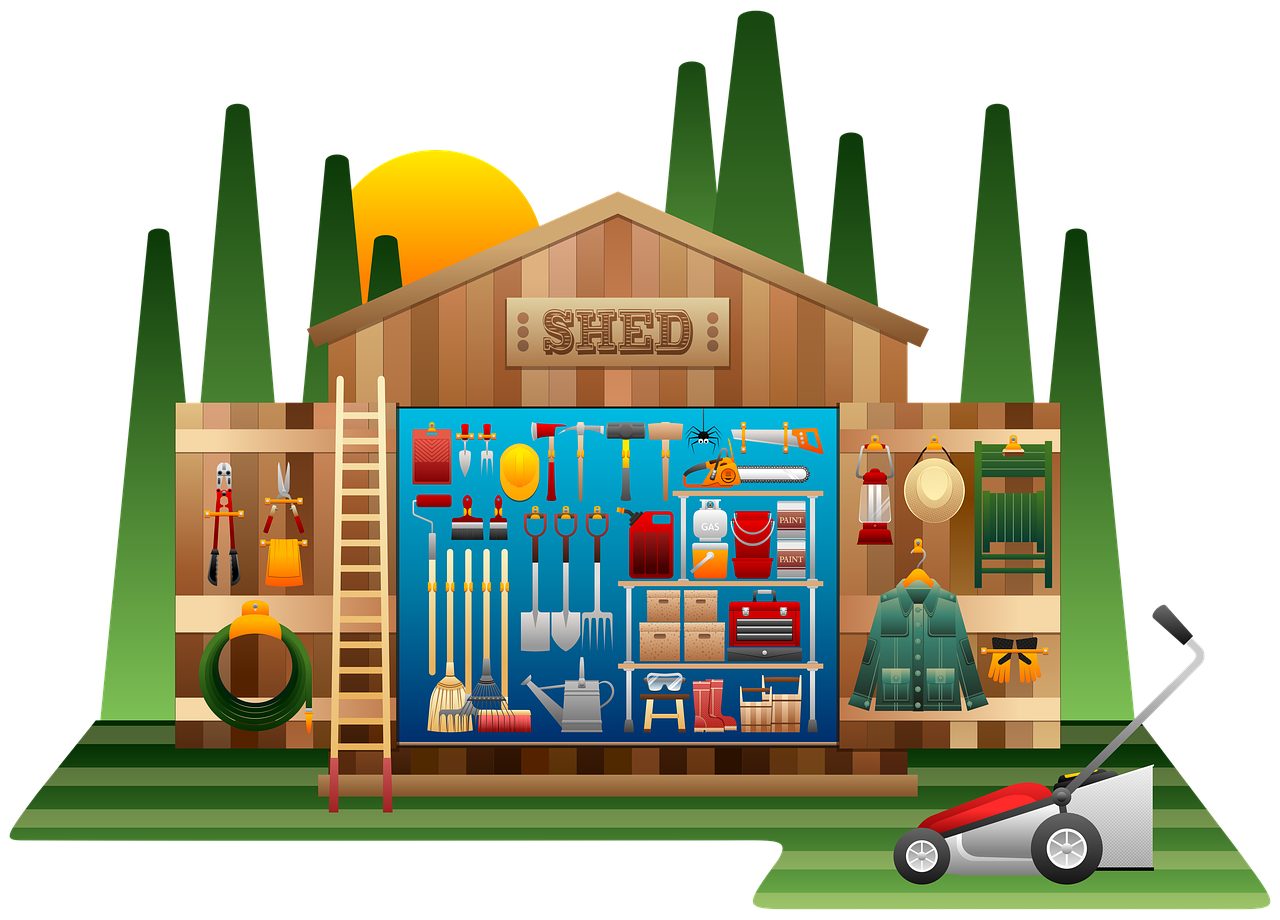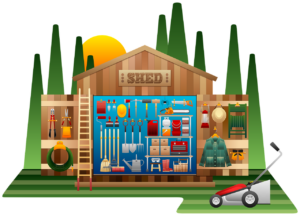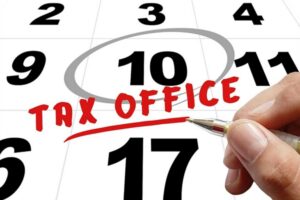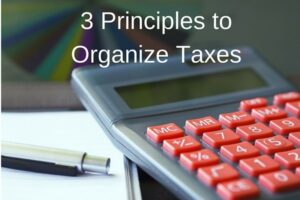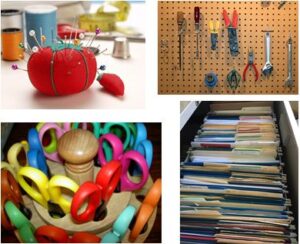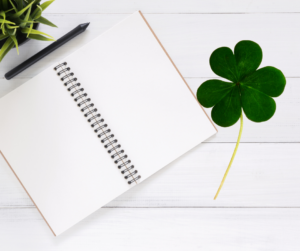 I had a feeling this would be quite a week. Last week was National Procrastination Week. The daylight savings switcheroo always creates a hiccup. St. Patrick’s Day and Small Business Development Day are both March 17. March 20 brings in the first day of spring. Meanwhile, Twitter Day is March 21 and Passover and Easter are right behind. So naturally, it was time to write about planning and luck and their relationship.
I had a feeling this would be quite a week. Last week was National Procrastination Week. The daylight savings switcheroo always creates a hiccup. St. Patrick’s Day and Small Business Development Day are both March 17. March 20 brings in the first day of spring. Meanwhile, Twitter Day is March 21 and Passover and Easter are right behind. So naturally, it was time to write about planning and luck and their relationship.
Struggling with this blog post, I headed out for a mind-clearing, fat-burning, sunshine-worshipping walk. Then I saw the hawk. He soared high overhead then swooped in so close that I thought I might be breakfast. His graceful dive was awe-inspiring. He reminded me of Lori, my university residence door-mate. We would dress up in white coveralls and she would swoop around, arms spread wide in wing formation, reminding me to soar, to be as free as an eagle. Suddenly, I was transposed to those heady university days and I knew exactly how to write this blog.
In early August 1985, Lori offered me a trip to Vancouver. I was just three months home from living more than two years in Papua New Guinea—and floundering. I said that I would accompany her as far as Edmonton, then called the Director of the Master’s Program to which I had just applied and told him I needed an interview with him. He thought I was crazy to TELL him I wanted an interview, so he agreed. Five days later, I was sitting in his office following an adventure that only Lori could have arranged: station wagon arranged; sleeping in tents in fields; cassette tape playlist created specially for the trip; seeds, sprouts and bagels in the cooler.
I was sitting in his office having announced that I needed to be in his program. He asked me if I planned to hang around until he decided to accept me, IF he decided to accept me. Then he announced that I was completely crazy when I said that I was bussing back to Toronto and needed just 24 hours of banking time and I would be on a flight back for the first day of school. I only had two hours between that interview and the bus departure in which to check out two potential places to live that were miraculously still available two weeks before school started in the busy university/government town.
Within a week, I had received his phone call telling me to book my flight. I landed at 6 am for class at 8:30 and rolled in with my suitcase in tow. As Director, he was first on the agenda of the first day of first year. And he told the entire class how crazy I was. The program was on the 13th floor of the building. I had sat in seat 13 on the flight. I’d committed to renting a room in a house with 13 in the address. Planning and luck?
Even St. Patrick might have applauded my crazy luck.
Before you, too, jump to the conclusion that “She’s just plain lucky,” consider another option—one you can use so that when your own call comes in, people will claim you are just as lucky. Only you will know the planning and action that you put in place behind that luck.
You see, when I got wind of the fact that there might be a spot in that Master’s Program, from an astute and very clever Admin Assistant, Sarah, who answered my first phone call, I made sure that I would be ready. If there was going to be a lottery draw for who got it, I would have a ticket. I hustled around the province (this was before the internet, cell phones and Zoom remember) and arranged my transcripts, wrote the GMAT test hundreds of miles away, and assembled letters of recommendation and all the other items the school required. All the requirement were sent off to the Director within two weeks of my phone call to super helpful Sarah.
I worked hard, but mostly I stayed on top of implementation. Focussed on action, I created a task list and I knew that I just had to tick off every item on the list. If I could get the package to him within two weeks, it would be on his desk when the intake committee had to decide how to handle a slightly higher than average decline of admission rate. That’s when Lori called. So off I went to Edmonton.
I completed my Master’s in Health Services Administration and convocated in November 1987. Only a handful of us did. Perhaps there was an element of luck, but I maintain that the secret of my success was that I stayed focussed on implementation and action. Ruminating on problems wasn’t going to get me that spot on the dais in front of the Dean as he held my hood and my certificate of completion in his hand.
I offer you the same strategy. Where planning meets opportunity is where luck shows up.

